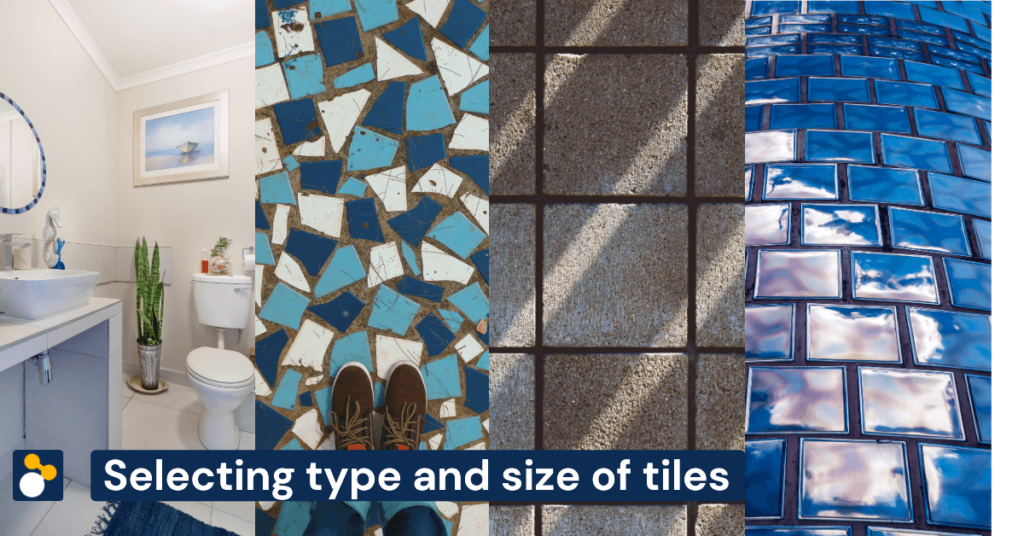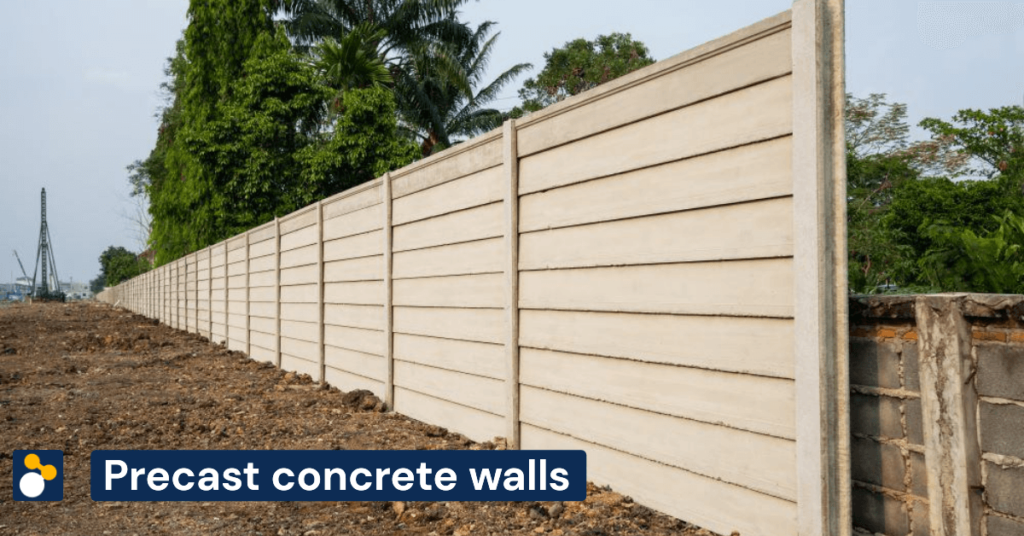What to consider when selecting type and size of tiles
Tiles are an excellent way to add style and functionality to your home’s flooring, walls, or backsplash. With numerous sizes, shapes, colors, and materials available, choosing the right type and size of tile can be an overwhelming task. Two of the most important aspects of consideration are tile type and tile size. In this post, […]
What to consider when selecting type and size of tiles Read More »


